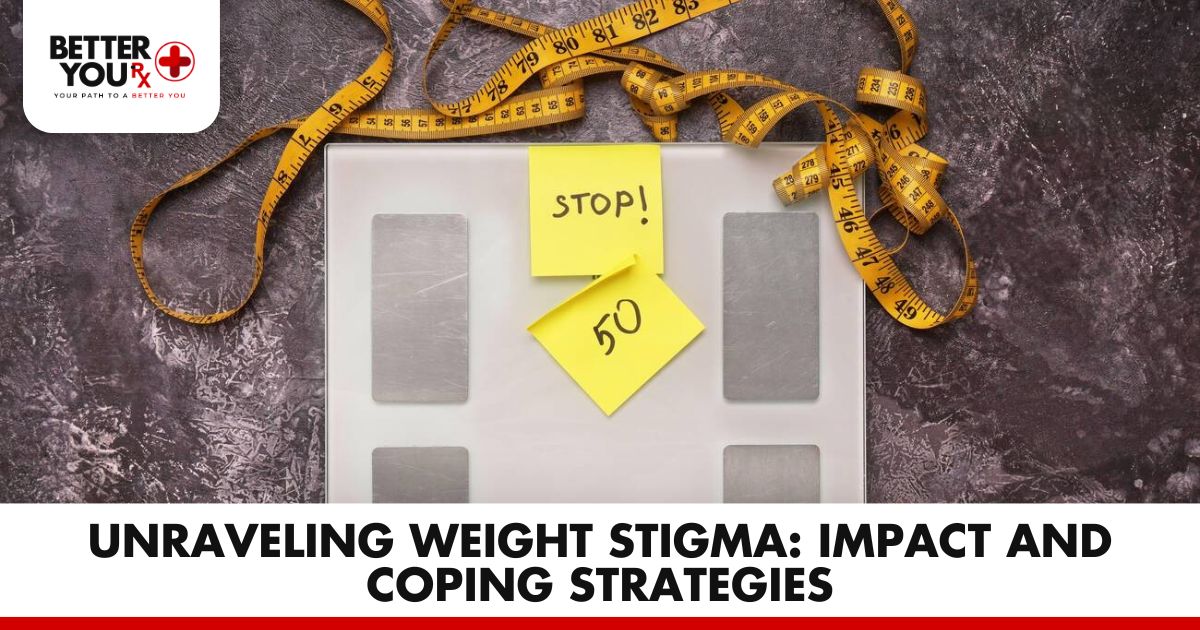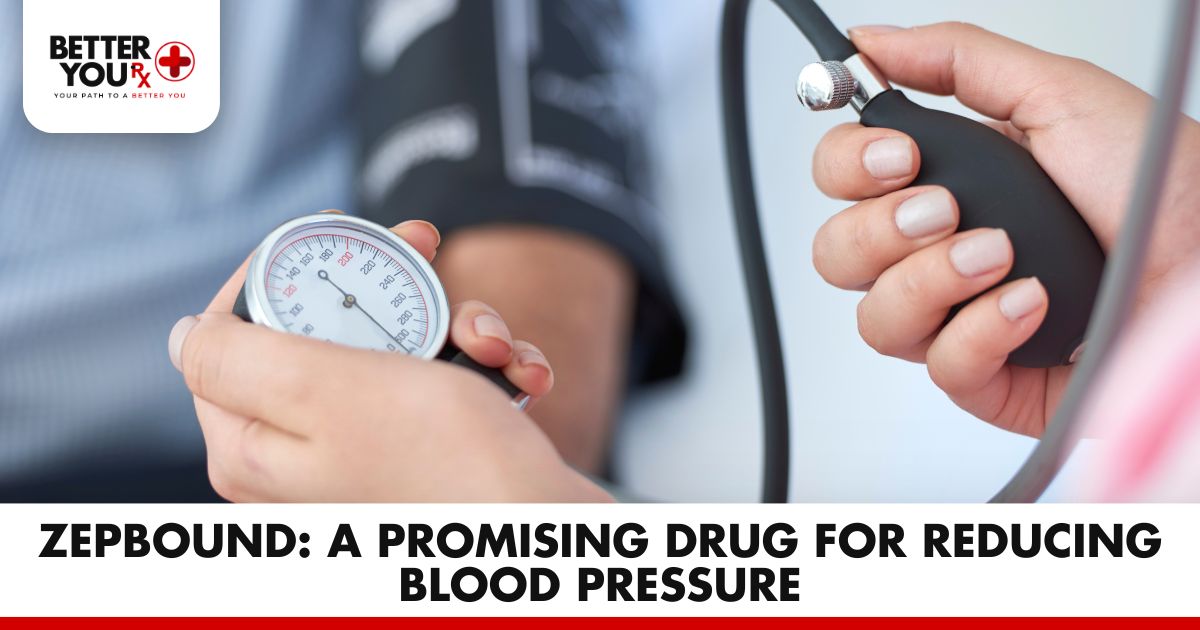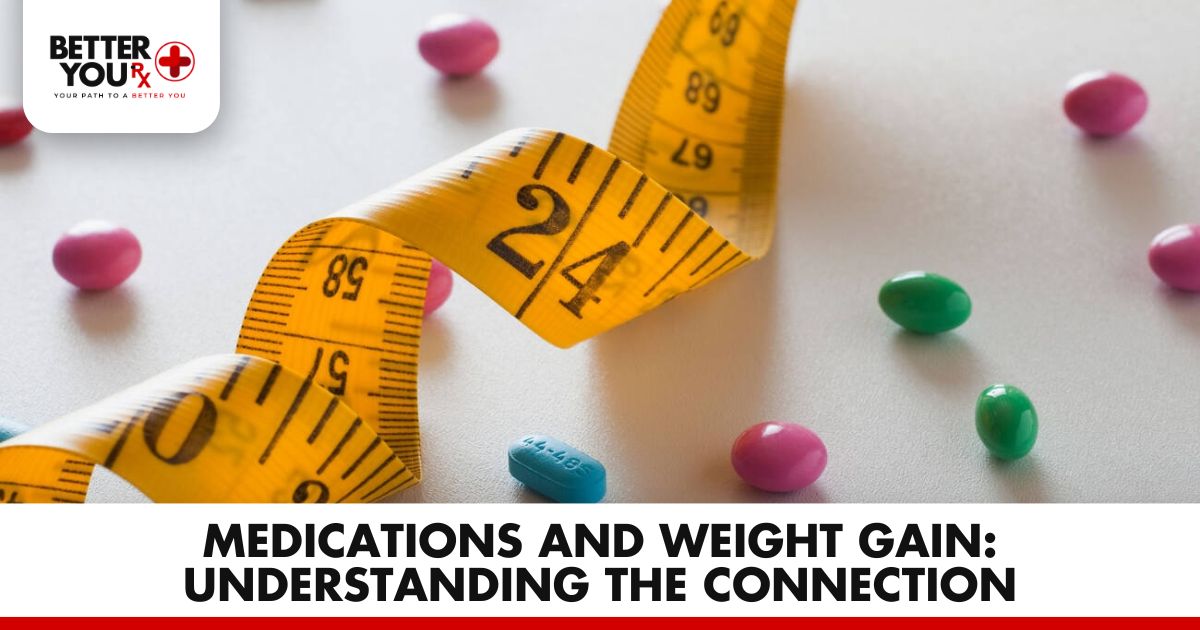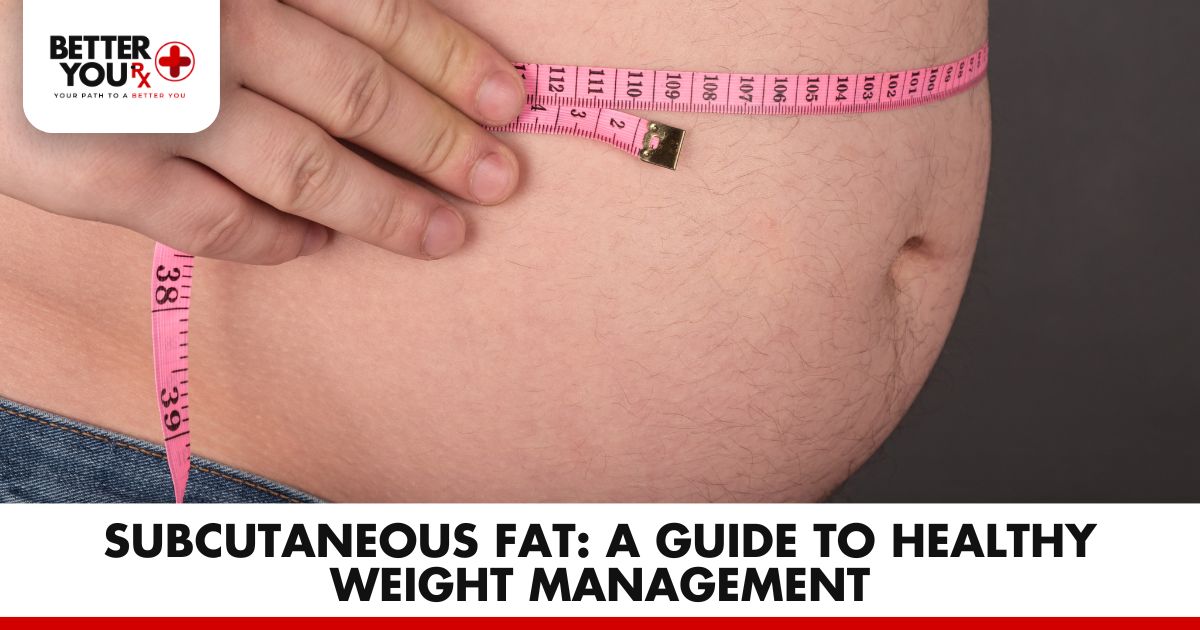Define Revolution
Due to the active component selamectin, Revolution for Dogs and Revolution for Cats offer protection against flea infestations and heartworm disease in canines and felines. Sarcoptic mange, tick infestations from the American Dog Tick, and ear mites are further conditions that Revolution treats and manages in dogs. Infections with hookworm, roundworm, and ear mites are also treated and managed with Revolution in cats.
Dogs and puppies must be at least six weeks old to use Revolution, while cats and kittens must be at least eight weeks old.
Revolution Plus: What is it?
Heartworm illness and flea infestations in cats are prevented by Revolution Plus for Cats. It is designed for cats and kittens who are at least eight weeks old and weigh 2.8 pounds or more. Additionally, ear mites, roundworm, and hookworm diseases are treated and managed with Revolution Plus for Cats. because sarolaner, a second active component, was added. Along with additional flea protection, Revolution Plus also treats and controls the American dog tick, Gulf Coast tick, and black-legged dog tick.
Depending on weight, some drugs are dosed differently for dogs and cats. It’s crucial to give your pet the right medication for its species and size. Serious issues, such as ineffectiveness or an overdose, might arise when using dog or cat drugs on one another.
The Functions of Revolution and Revolution Plus
Selamectin is the Revolution’s primary active component. Selamectin functions by causing an electrolyte imbalance in the heartworms’ nerve and muscle cells, which results in paralysis and eventual death.
With the inclusion of sarolaner, Revolution Plus is a combination drug designed for use in cats. Sarolaner belongs to the isoxazoline drug class. Fleas and ticks are killed by isoxazolines by overexciting their neurological systems, which results in paralysis and death. Within the first few hours after administration, this drug begins to destroy fleas on your cat.
Directions for Revolution and Revolution Plus
Revolution and Revolution Plus are administered once each month, and the intervals between doses should be as close to 30 days as possible. Observe the instructions provided by your veterinarian or those on the medication label for the product intended for that species.
After the fur has been split, topical formulations of this substance should be administered to the skin. In one area of the skin between the shoulder blades of dogs or at the base of the neck of cats, apply the entire contents of the product applicator. Following application, the application site may show signs of powdered residue, hair that is stiff or clumping, or hair that is discolored.
Never use Revolution products on damp skin or fur. Before giving your dog a bath, wait two hours after applying Revolution or Revolution Plus. Giving your cat a wash after using Revolution or Revolution Plus is advised to wait 24 hours. Never let your pet consume this medication.
Dose missed?
Give a dose of Revolution or Revolution Plus as soon as you remember it if you neglect to. Revolution or Revolution Plus is administered once per month, and the intervals between doses should be as close to 30 days as possible. If a dose was missed and your veterinarian has instructed you to provide this medication according to a different dosing schedule, please get in touch with them.
Give no additional or duplicate dosages.
Effects that Revolution and Revolution Plus may have
Although they are rare, side effects could include:
- Itching or hair loss where the application was made
- Vomiting
- Diarrhea
- Appetite loss
- Lethargy
- Drooling
- Quickened breathing
- Tremors
- Conjunctivitis
- Sneezing
- Fever
- Widespread itching
- Hives
- Coordination issues
- Weakness
- Seizures
Sarolaner, an isoxazoline, is the active component of Revolution Plus. Although not common, utilizing pharmaceuticals in this class has resulted in neurologic adverse effects. If your dog has a history of seizures or any neurological condition, let your veterinarian know.
Some possible neurologic adverse effects are:
Tremors in the muscles, stumbling, lack of coordination, collapsing, seizures, and adverse human effects
The use of this drug in humans is not recommended. While waiting for the treated area on your pet to fully dry, stay away from it and wash your hands after using this product. Rarely, human beings may experience skin reactions like hives, itching, and skin redness. Call your doctor or the National Poison Control Center hotline if you unintentionally eat a pet medication, get it in your eyes, or experience a skin reaction.
Observing
Prior to beginning Revolution treatment, it is advised that all dogs be tested for heartworm infection. Cats older than 6 months old may be tested to see if they already have heartworm infections before starting treatment with Revolution or Revolution Plus, at your veterinarian’s discretion.
Before administering this drug to dogs who already have heartworm infections, adult heartworms should be treated. Cats with adult heartworms can continue receiving Revolution or Revolution Plus to stop the development of new heartworms.
Depending on the special requirements of your pet, your veterinarian may advise additional focused monitoring or regular testing while your pet is taking this medicine.
Call your veterinarian if:
- There are serious negative effects (see above)
- Treatment has no effect on your pet’s condition or makes it worse
- You observe an overdose or suspect one.
- You have further queries or worries regarding the use of Revolution or Revolution Plus.
Overdose Information for Revolution and Revolution Plus
The negative effects indicated above are often the only signs of a topical overdose. In canines with the MDR1 (ABCB1) gene deficiency, overdoses are frequently more severe.
Symptoms of an oral overdose of this medicine include:
- Appetite loss
- Tremors
- Coordination issues
- Seizures
- Lethargy
- Drooling
- Blindness
- Vomiting
- Diarrhea
- A slow heartbeat
- Elevated core temperature
Contact your veterinarian right away, seek emergency veterinary treatment, or dial an animal poison control center if you suspect an overdose, used the incorrect product on your pet, or unintentionally gave them this topical medicine by mouth. Often, consultation fees are charged.
Revolution Plus Storage and Revolution
Revolution products need to be kept in temperature-controlled environments below 86 F. Keep out of the way of heat and open flames. To keep the medication safe from moisture and light, keep it in the provided container until you’re ready to administer it.
Away from children’s and animals’ reach.
FAQs about Revolution
Can my cat use Revolution for dogs?
No. Utilizing the proper species and dosage of medication for the precise weight of your pets is crucial. Revolution comes in several doses for dogs and cats. Use the right medication for the targeted pet at all times.
Buy Revolution
If you’re to buy Revolution, Better You Rx understands that pets deserve the same level of care and attention as humans. When it comes to healthcare, the well-being of our beloved pets is just as important as our own. Pets are not just animals; they become integral members of our families. Like humans, they also require medical attention and care to ensure they live healthy and fulfilling lives. Better You Rx has recognized this need and has gone beyond the conventional to provide a comprehensive range of medications not only for humans but also for our furry friends. We offer both brand name and generic equivalents. What truly sets Better You Rx apart is their dedication to catering to the medical needs of our pets.
In summary, the pursuit of well-being extends to our furry companions as well as ourselves. Selamectin Revolution, available through Better You Rx, offers a reliable solution for safeguarding your pets from a range of parasites. Just as our pets deserve the best in healthcare, it’s equally important for us to prioritize our own health. For those exploring options like Ozempic for weight loss, Better You Rx provides a convenient avenue to buy Ozempic online, making the journey to a healthier lifestyle accessible. Whether for your pets or personal wellness, informed choices and proactive decisions are fundamental in achieving a fulfilling and vibrant life for both you and your cherished animals.










